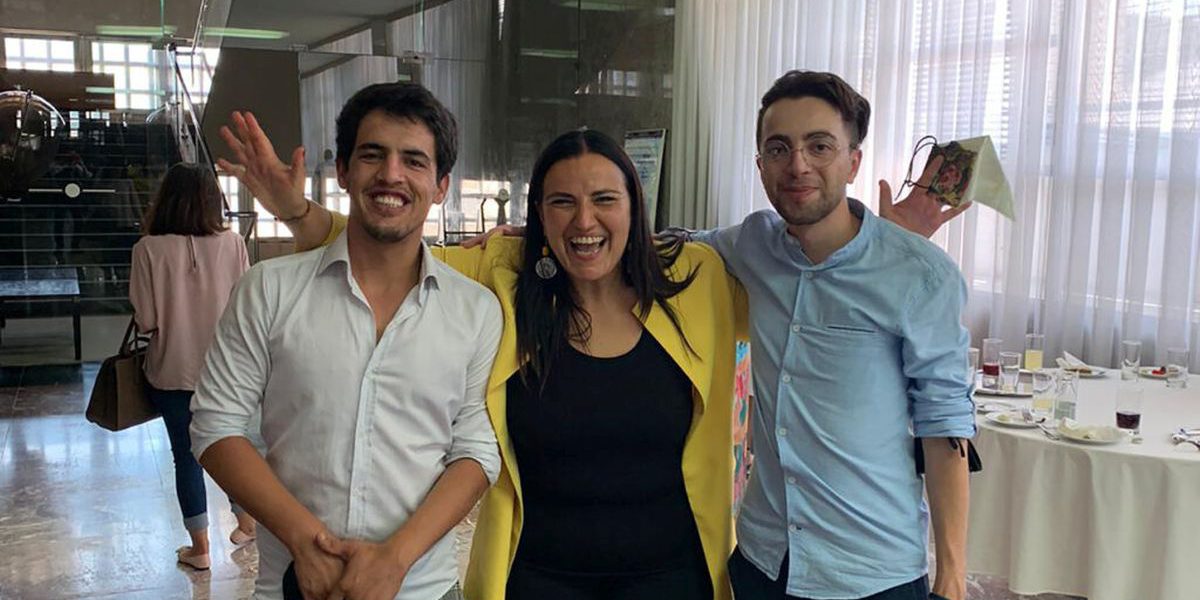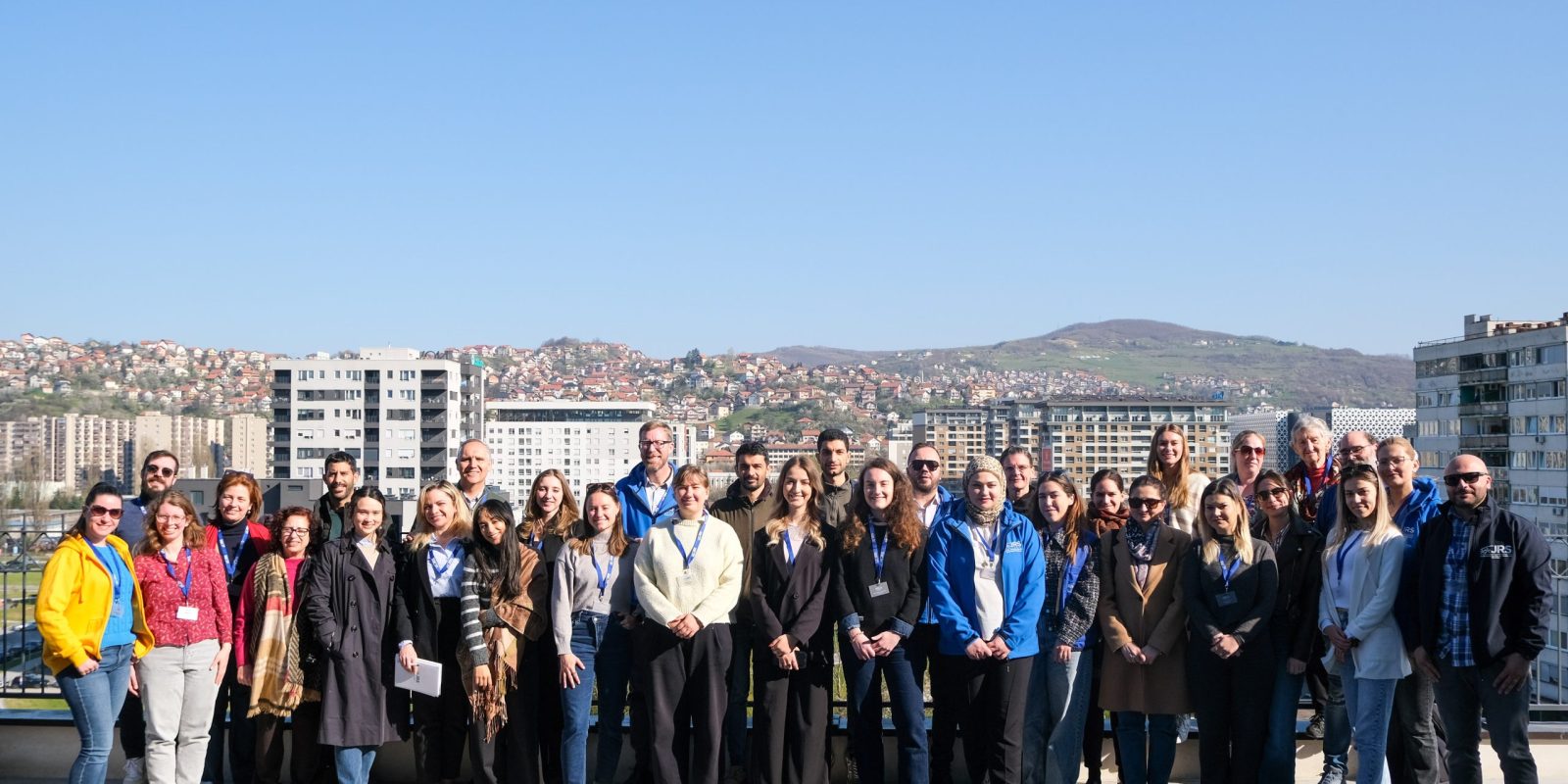
Two of the young refugees living in JRS Serbia’s Pedro Arrupe Integration House enrolled in the University of Belgrade. Since its opening, JRS Serbia has provided food and shelter, access to health services, education, socialisation and integration to over a hundred refugee children identified as victims of violence, exploitation, smuggling and potentially human trafficking and criminal abuse. The aim is not only to provide basic services to these young refugees, but also to give them the tools to better integrate into the country and live out their dreams.
This is the case for Sami and Reza, who have just successfully enrolled in the Faculty of Applied Arts in Belgrade; Sami in the department of Contemporary Clothing and Reza in the department of Applied Painting, thanks to the support of teachers, UNHCR and JRS staff, who believed in them and recognised their talents.
Sami is a 20 year old from Iran who arrived in Serbia alone five years ago. His family fled from Afghanistan to Iran. After primary education, he graduated from the Higher School of Textile Design in Belgrade, specialising in clothing design, as one of the best students.
Reza, 19 years old, left Afghanistan when he was only eight. He first stayed in Iran for five years, then Turkey, after which he came to Serbia via Bulgaria in 2017. He finished the third class of the higher technical institute Drvo Art, and as a passionate artist, he’s taken painting classes in parallel with his regular studies for the last three years.
Unfortunately, the case of Sami and Reza is rare. According to the UNHCR, only 3% of refugees have access to higher education, compared to the 37% global higher education access rate.
Serbia is not only a transit country for many migrants and refugees, but also a country where people apply for asylum. Opportunities for inclusion must be put in place. According to World Data, in 2020 alone, there were 1,521 refugee asylum applications. According to Unicef, since 2015, more than 1.5 million refugees and migrants have passed through Serbia, of which between a third and a quarter were children. In 2020, the number of refugees and migrants present in Serbia at any given time was around 7,000, of which around 6,000 were accommodated in reception, transit and asylum centres.

